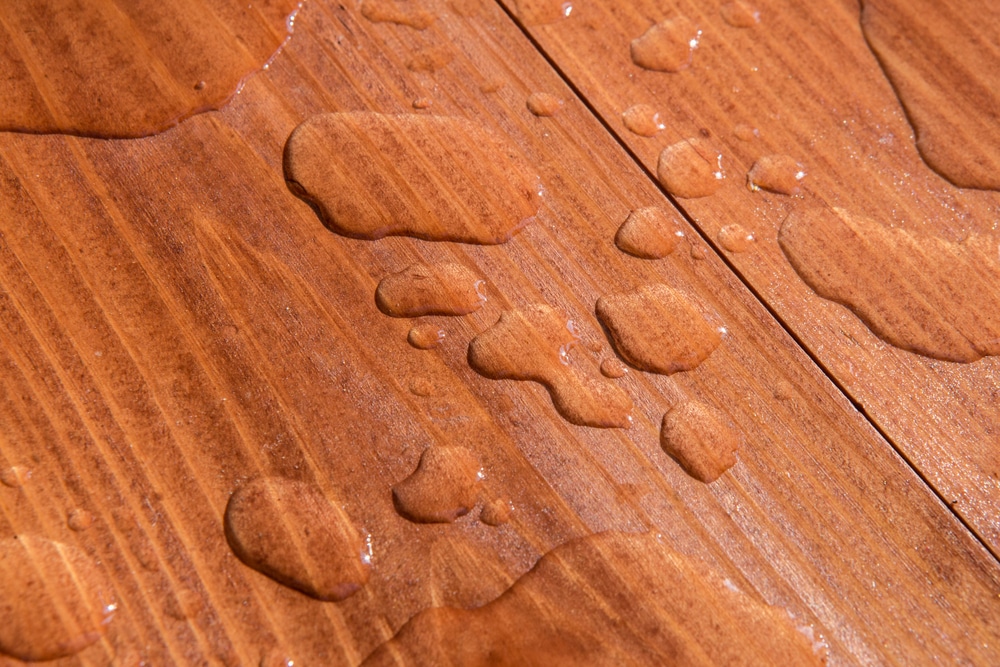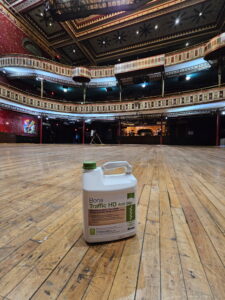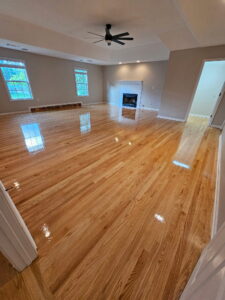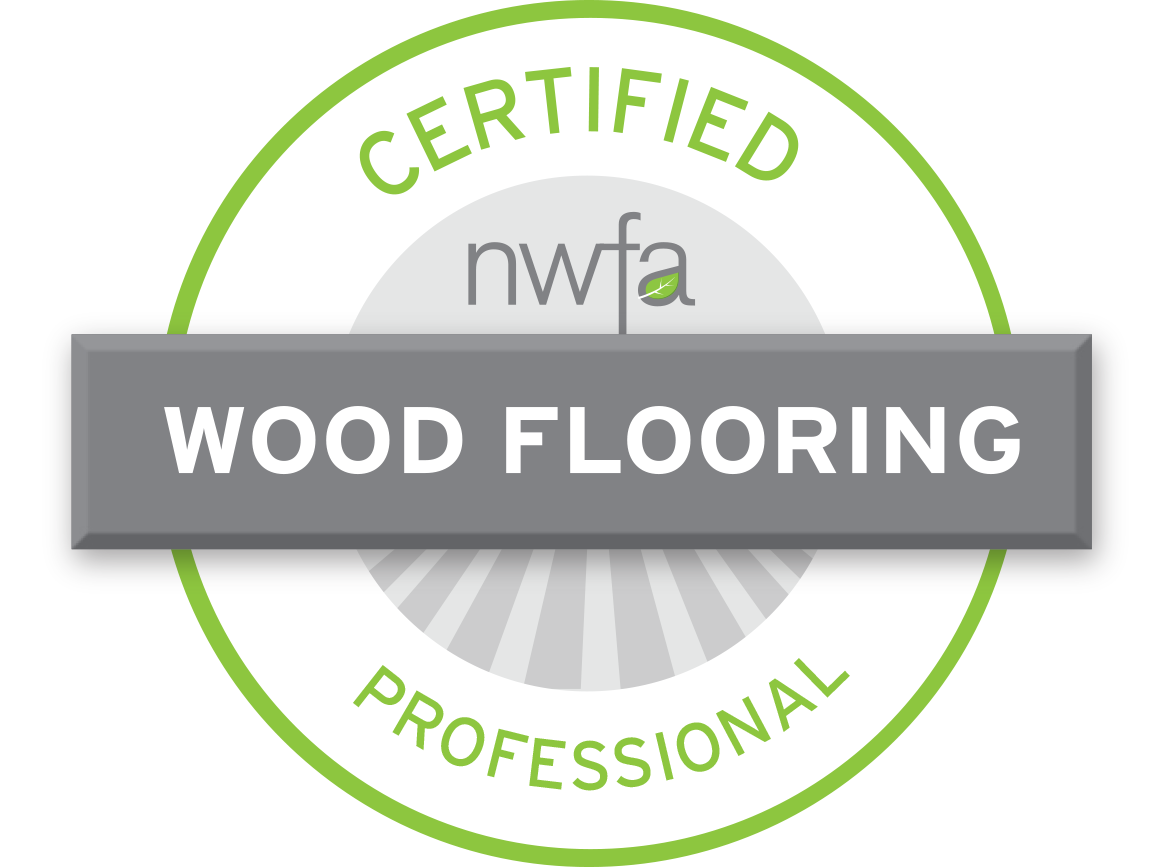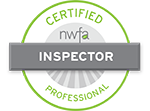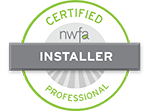High-humidity areas pose unique challenges for hardwood flooring due to moisture levels that can cause wood to expand, warp, or buckle. However, with proper care and maintenance, you can enjoy the beauty of hardwood flooring even in these environments. In this blog post, we’ll share essential tips for maintaining hardwood flooring in high-humidity areas, ensuring its longevity and preserving its natural appeal.
- Choose the Right Hardwood Species: Opt for hardwood species that are more resistant to moisture and humidity. Engineered hardwood with a stable core and a wear layer can be a suitable choice as it is less prone to expansion and contraction. Consider hardwood species like oak, hickory, or bamboo, which are known for their dimensional stability.
- Acclimate the Flooring: Before installation, allow the hardwood flooring to acclimate to the humidity levels of the room. This helps the wood adjust to the environment, reducing the potential for significant expansion or contraction after installation. Follow the manufacturer’s recommendations for acclimation time and conditions.
- Control Indoor Humidity: Maintain a stable humidity level between 35% and 55% to prevent excessive moisture fluctuations. Use dehumidifiers or air conditioners in high-humidity areas to reduce moisture levels. In particularly humid seasons, running air conditioning or fans can help control humidity and airflow.
- Proper Installation: Ensure proper installation techniques for hardwood flooring in high-humidity areas. Leave expansion gaps around the perimeter of the room to allow for natural expansion of the wood. Use moisture barriers or underlayments specifically designed for high-humidity environments to provide an extra layer of protection.
- Regular Cleaning and Maintenance: Regularly clean your hardwood floors to prevent the accumulation of moisture and debris. Use a slightly damp mop or a recommended hardwood floor cleaner, avoiding excessive water. Promptly clean up spills or standing water to prevent moisture penetration into the wood.
- Monitor Relative Humidity: Utilize a hygrometer to effectively monitor the relative humidity levels within your high-humidity area. This device will help you keep track of any changes and allow you to take necessary actions to maintain a stable humidity level. Make adjustments to your humidity control devices as needed.
- Area Rugs and Mats: Place area rugs or mats in areas prone to moisture, such as entryways or near sinks, to absorb excess moisture and prevent water damage to the hardwood flooring. Ensure that these rugs have non-slip backings to prevent slipping and tripping hazards.
- Regular Inspections: Perform regular inspections of your hardwood flooring to identify any signs of moisture damage or changes in the wood’s appearance. Look for cupping, warping, or buckling. If you notice any issues, consult a professional to assess the situation and recommend appropriate solutions.
With proper care and maintenance, hardwood flooring can withstand high-humidity environments and maintain its longevity and natural beauty. For expert advice and assistance in maintaining your hardwood floors in high-humidity areas, contact Mr. Hardwood. Our team of professionals will provide you with the guidance and solutions you need for optimal floor performance.


